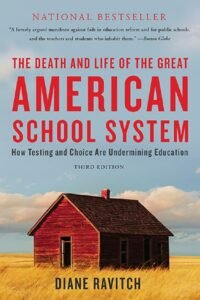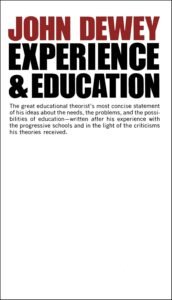
“Education is not preparation for life; education is life itself.”
John Dewey (Progressive Education)
🇺🇸 United States – Innovation and Diversity in Education
1. Historical Overview
The U.S. education system has evolved from small colonial schools in the 17th century to one of the world’s most diverse and decentralized systems.
A major influence came from Horace Mann in the 19th century, known as the “Father of the Common School,” who advocated for free, universal, and non-sectarian education.
The 20th century saw significant reforms: the spread of high schools, the Progressive Education Movement led by John Dewey (1859–1952), and the expansion of higher education through initiatives like the GI Bill (1944).
Key Figures:
- Horace Mann (1796–1859) – Advocate for the common school movement, promoting free, universal, and non-sectarian education for all children.
2. Philosophy & Core Principles
U.S. education values diversity, local control, and innovation, blending traditional academics with extracurricular and experiential learning.
Core Principles:
Local governance: school boards and state-level control, not centralized at the federal level
Equal access to public education for all children
Variety of pedagogical approaches, from traditional to project-based learning
Emphasis on creativity, critical thinking, and extracurricular engagement
Standardized testing as a measure of achievement
3. Current Structure
Elementary School – Grades K–5 (ages 5–11)
Middle School / Junior High – Grades 6–8 (ages 11–14)
High School – Grades 9–12 (ages 14–18), ending with a high school diploma
Higher Education – Community colleges, universities, vocational and technical schools
4. Strengths & Challenges
✅ Strengths:
Wide range of educational choices (public, private, charter, homeschooling)
Strong innovation in teaching methods and technology integration
Rich extracurricular opportunities in arts, sports, and leadership
⚠️ Challenges:
Significant disparities in quality between districts due to local funding
Heavy reliance on standardized testing
Lower average PISA scores compared to other developed countries
5. PISA Ranking
2022: USA performs above the OECD average in reading, close to average in science, and slightly below average in mathematics.
📚 More Reading on U.S. Education:
The Death and Life of the Great American School System – Diane Ravitch
Democracy and Education – John Dewey
Savage Inequalities – Jonathan Kozol
💡 Fun Fact: The United States spends more per student on education than most OECD countries, yet outcomes vary greatly depending on the state and district.
Book About:
- → Historical and critical review of U.S. public education and its current challenges.

Disclosure: As an Amazon Associate, we earn from qualifying purchases.
→ Foundational work presenting experiential learning as the core of modern American pedagogy.
Disclosure: As an Amazon Associate, we earn from qualifying purchases.


